
- Explore
- Eat & Drink
- Stay
- Attractions
- Tours
- What’s On
- Deals
- FAQs About The Region
- Plan Your Trip
- Destination Times
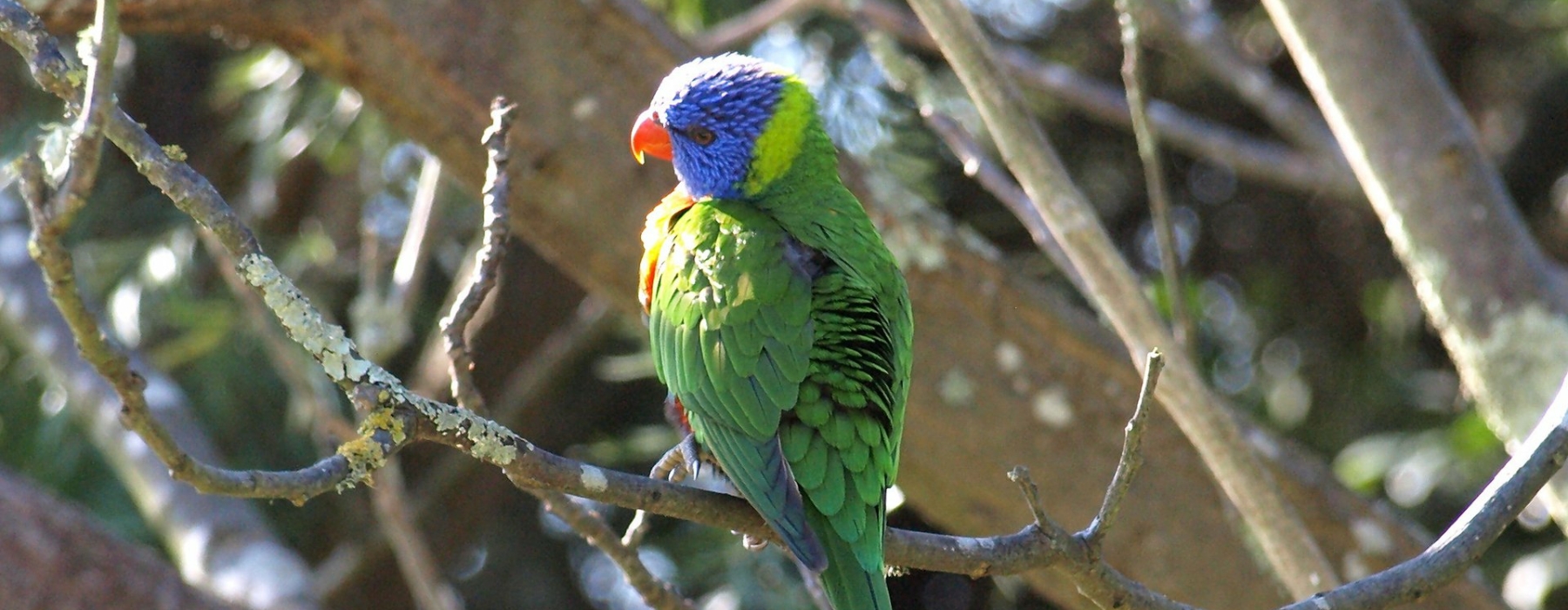

Are you an avid Australian bird watcher? Well, make sure you pack your binoculars on your Great Ocean Road holiday because you’re guaranteed to see some beauties!
There are literally dozens of native bird species that make their home throughout the beaches, lakes and rivers, volcanic plains, hinterland and rainforests in the Great Ocean Road region, so keep a sharp eye during your travels.
Here are some of the most common ones you may come across:
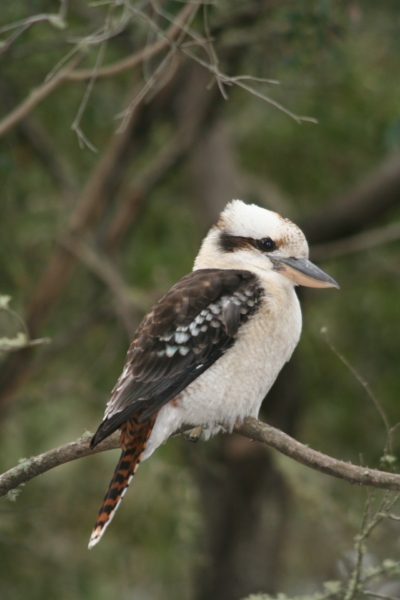
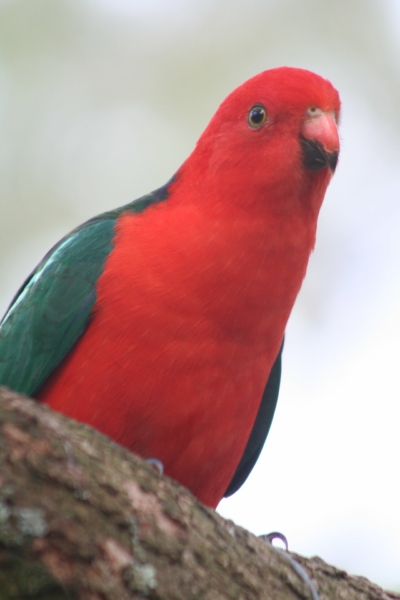
These loveable creatures are actually a member of the kingfisher family. They have a fascinating repertoire of sounds which includes their famous laugh (koo-hoo-hoo-hoo-ha-ha-ha-HA-HA-hoo-hoo-hoo) . This laugh is in fact a territory song and is often heard either at dawn or dusk.
Australia’s largest bird of prey has an incredible wingspan of 2.3 metres, plus a characteristic wedge-shaped tail, and legs which have feathers all the way to the base of its toes. The wedge tailed eagle mates for life.
This is the smallest species of owl in Australia. It has an unmistakable “boo-book” call that’s heard frequently at night. The Boobook Owl is renowned for its acrobatic skills in catching invertebrate prey such as moths, beetles, spiders and crickets.
The Australian King Parrot is usually seen in pairs or family groups. The male has a completely red head and the female has a completely green head, but both have a red belly, a green back and green wings and tail.
These lovable birds can often be seen in the local area. They’re well-known for collecting all manner of blue objects to decorate their bowers. This may include feathers, flowers, seeds, fruits and even man-made items like ball point pens, marbles and string. These are carefully arranged around their bower to attract a mate.
These large black and white birds are very common and its lovely “caroling” song is considered by many to be an essential part of the Australian soundscape. They tend to be quite tame but during the breeding season they can become somewhat aggressive towards humans, especially if you venture too close to their nests, so make sure you avoid nesting areas.
The Eastern Rosella is native to Australia and has a distinctive red head with white cheeks. The female is usually a duller colour than the males. This commonly-sighted parrot uses one foot (usually the right) to hold its food, which usually consists of seeds, fruits, flowers and insects.
The Welcome Swallow is a pretty bird, with rust coloured patches on its forehead, throat and breast. They catch their prey in mid-flight, using impressive acrobatic skills, and they guide the prey into their mouths using short bristles which they have at the sides of their mouths.
These pretty little blue birds are very commonly sighted and are just delightful! The male has a striking blue head and black or dark blue throat. No colour filters are needed on Instagram for this one!
Find more about wildlife on the Great Ocean Road.
Thank you for not feeding our wildlife, which can cause them harm by altering their natural – or even making them ill. Please let them be wild and feed themselves.
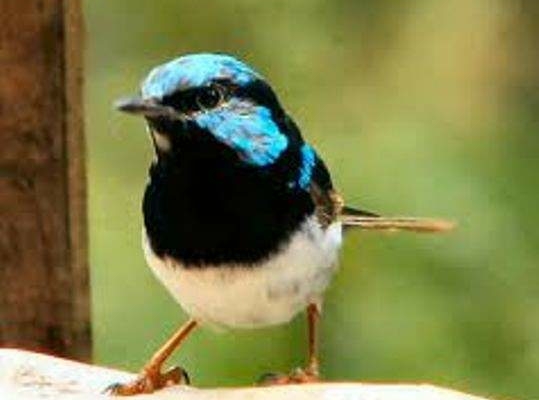


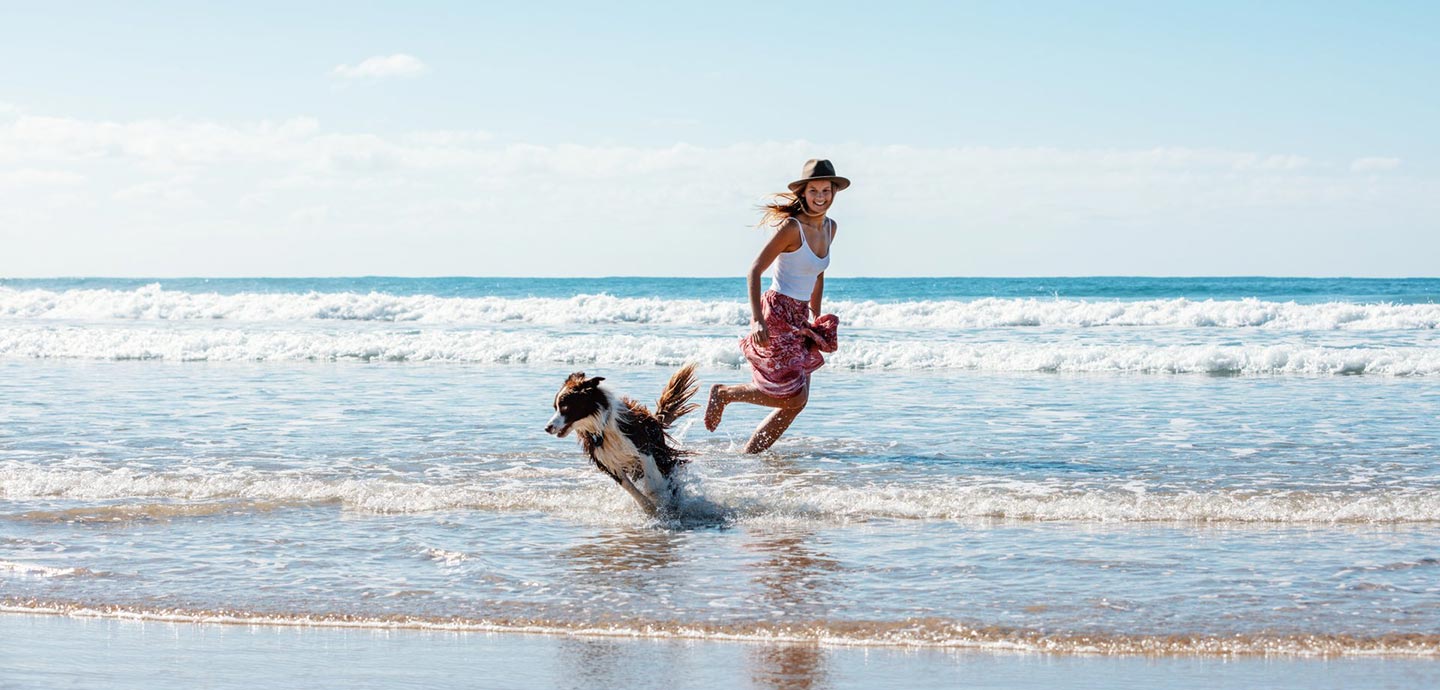

Sign up to get the latest deals, tours & events along the Great Ocean Road
Great Ocean Road Regional Tourism acknowledges the Traditional Custodians of the Great Ocean Road region the Wadawurrung, Eastern Maar & Gunditjmara. We pay our respects to their Elders, past, present and emerging. We recognise and respect their unique cultural heritage and the connection to their traditional lands. We commit to building genuine and lasting partnerships that recognise, embrace and support the spirit of reconciliation, working towards self-determination, equity of outcomes and an equal voice for Australia’s first people.